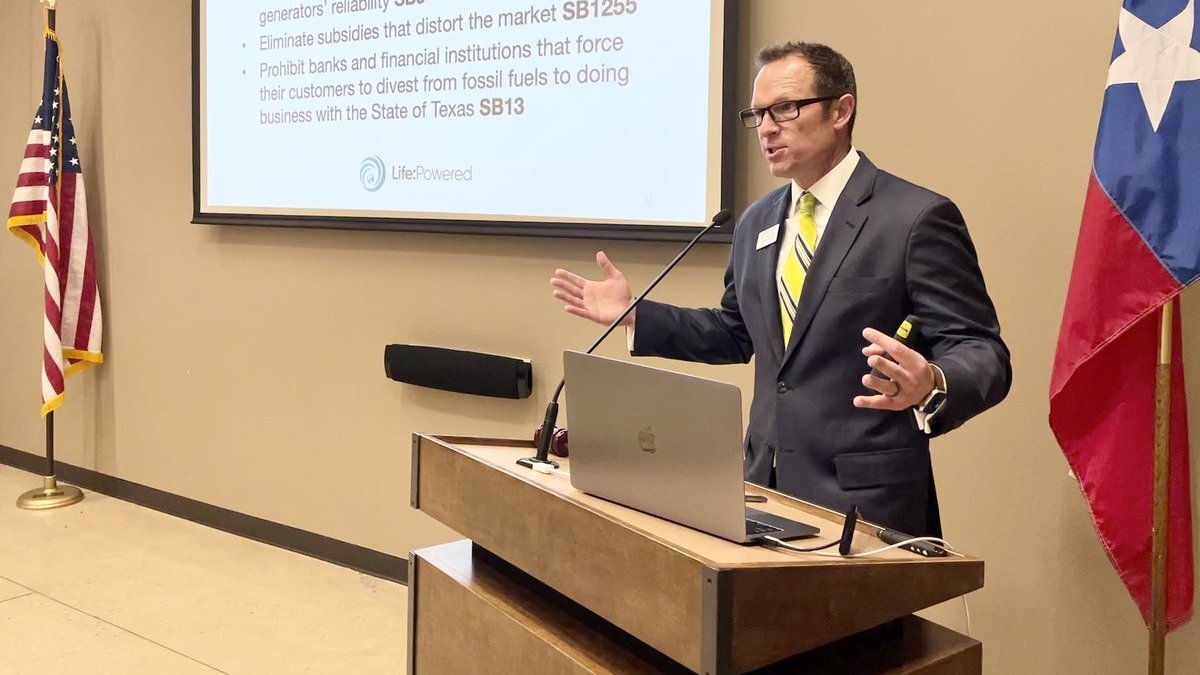Texas policymakers call for reliability over renewability in Texas energy grid.
When it comes to Texas’ power grid and prevention of future blackouts, reliability should be prioritized over renewability. This news comes in light of recent electricity conservation alerts in the state that followed blackouts earlier this year.
Jason Isaac of the Texas Public Policy Foundation writes that the problem is straightforward.
“Our electricity market isn’t set up to value reliability. Thanks to decades of market-distorting subsidies and policies that favor building new capacity instead of ensuring we actually have enough electricity, slim-to-nothing reserve margins are becoming more and more common," he said.
He adds that Texas, as the energy capital, should not become synonymous with energy blackouts as a result of unreliability in the grid.
“The cost — both financial and in lost productivity — of unreliable electricity shouldn’t be borne by Texans. Instead, it should fall on the generators that cause it,” he said.
Some factors of unreliability are at play when focusing on renewable resources like wind and solar energy. These sources are weather-dependent. On the day of the blackouts, wind and solar produced just 8% of electricity in the state, and at one point, it fell as low as 1.5%.
Across Texas, 70% off the population agrees that wind and solar energy should provide more consistent electricity in order to make the energy grid reliable.
Solutions include the support of bills in the state legislature that focus on reliable energy generation. The subsidies that wind and solar receive, for example, are lower than those for fossil fuel production. Since 2006, wind and solar generators in Texas have received about $19.4 billion from taxpayers and consumers, according to an Energy Alliance report by Bill Peacock.
These distortions caused by the rapid growth of wind and solar generation are significantly decreasing the reliability of the electricity grid. Oil and gas energy producers receive subsidies to the extent of 39 cents per megawatt-hour. In comparison, wind energy producers receive an astounding $18.86 per megawatt-hour and solar energy producers receive $82.46 per megawatt-hour. Experts argue that all subsidies, for renewable energy sources and traditional energy sources alike, should be removed to allow the competition of the free market to create the most efficient and effective energy reliability solutions.
Current subsidies have led to the fact that wind power now has 18% of the energy market, compared to 6% in 2010. With this trend in mind, Public Utilities Commission of Texas Chairman DeAnn T. Walker said, “You cannot run an electric system only on wind and solar.”
Price and energy distortions caused by the rapid growth of renewable energy generators are significantly decreasing the reliability of the Texas energy grid, research from the Energy Alliance shows.
A panel discussion on energy reliability hosted by the Texas Public Policy Foundation also reached unanimous agreement that the renewable-heavy "California model" is a dangerous model for Texas to emulate. They argued that an electricity system run solely on wind and solar is impossible.
As seen in data from ERCOT, wind generation drastically underperformed in comparison to its installed capacity. Under a capacity market system, these generators would have been paid for their full capacity, even though they only generated a fraction of that amount when Texans were in most need.
The current Texas legislative session is set to end in a few weeks, and Texans are asking for decisive actions that will maintain reliability to the extent that blackouts end.

